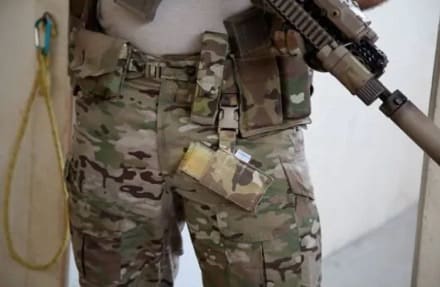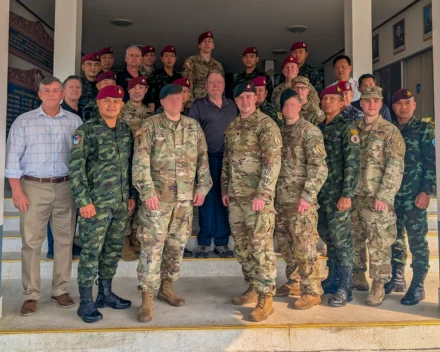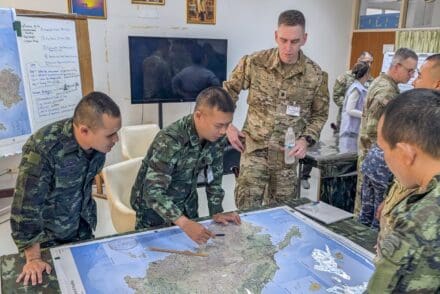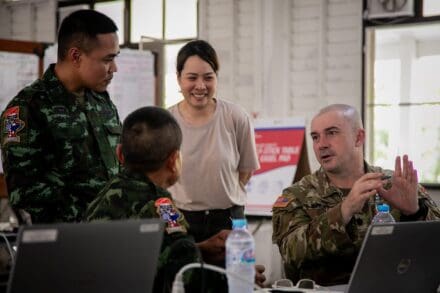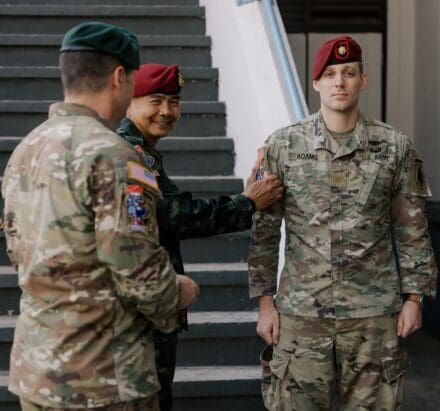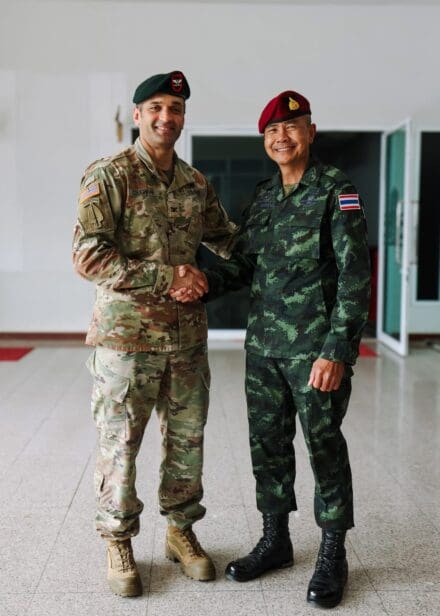LIFT Airborne Technologies, in collaboration with the Human Systems Program Office (AFLCMC/ROU), has successfully conducted over fifty-three (53) Performance Specification (P-Spec) environmental test events, windblast test events, and ejection sled test events on the AV2.2 NGFWH under the current Other Transaction Authority (OTA) contract.
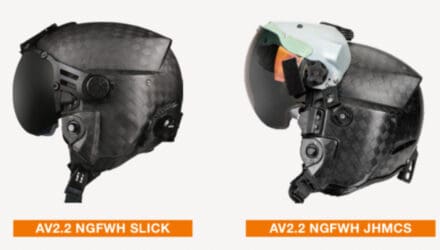
The AV2.2 NGFWH Slick Variant and the AV2.2 NGFWH equipped with the Joint Helmet Mounted Cueing System (JHMCS) Modification Adapter Kit have undergone windblast testing at two seat angles: 17 degrees (representing aircraft such as the F-15, A-10, and F-22) and 32 degrees (representing the F-16). Testing at various speeds included 325 Knots Equivalent Airspeed (KEAS), 450 KEAS, and 600 KEAS for the AV2.2 NGFWH Slick Variant, while the AV2.2 NGFWH with JHMCS Modification Adapter Kit was tested at 450 KEAS.
The successful performance enabled progression to ejection sled testing.
Subsequently, The AV2.2 NGFWH Slick Variant has successfully completed ejection sled testing at 450 KEAS and 600 KEAS, conducted at both 17-degree and 32-degree seat angles. Additionally, the AV2.2 NGFWH equipped with the JHMCS Modification Adapter Kit underwent testing at 450 KEAS at both seat angles. The results from these tests were satisfactory, with both configurations meeting the P-Spec requirements.
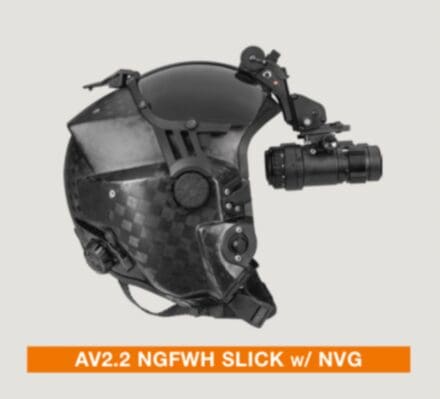
The AV2.2 NGFWH is currently operational in various aircraft worldwide, including the latest addition to the Air Force Special Operations Command (AFSOC) fleet, the OA-1K Sky Warden. Aircrew operating the OA-1K Sky Warden are enthusiastic about the advanced capabilities of the AV2.2 NGFWH helmet system.
Having met all the requirements outlined in the P-Spec, the AV2.2 NGFWH Slick Variant now enables LIFT Airborne Technologies and the Human Systems Program Office to collaborate on advancing the program to the Milestone C Acquisition Phase and working towards a production contract.
For Department of Defense users seeking testing data regarding the AV2.2 NGFWH, please contact Samantha McKee, NGFWH Contracting Officer at AFLCMC/ROU, at samantha.mckee.1@us.af.mil.
For international users seeking testing data, please contact your respective government officials to request the testing data from the United States Air Force.
For any further inquiries regarding the AV2.2 NGFWH, please reach out to Chris Kitts, Director of Military Programs at LIFT Airborne Technologies, at chris.k@liftairborne.com or Todd Lentz, Chief Revenue Officer at LIFT Airborne Technologies, at todd.l@liftairborne.com.


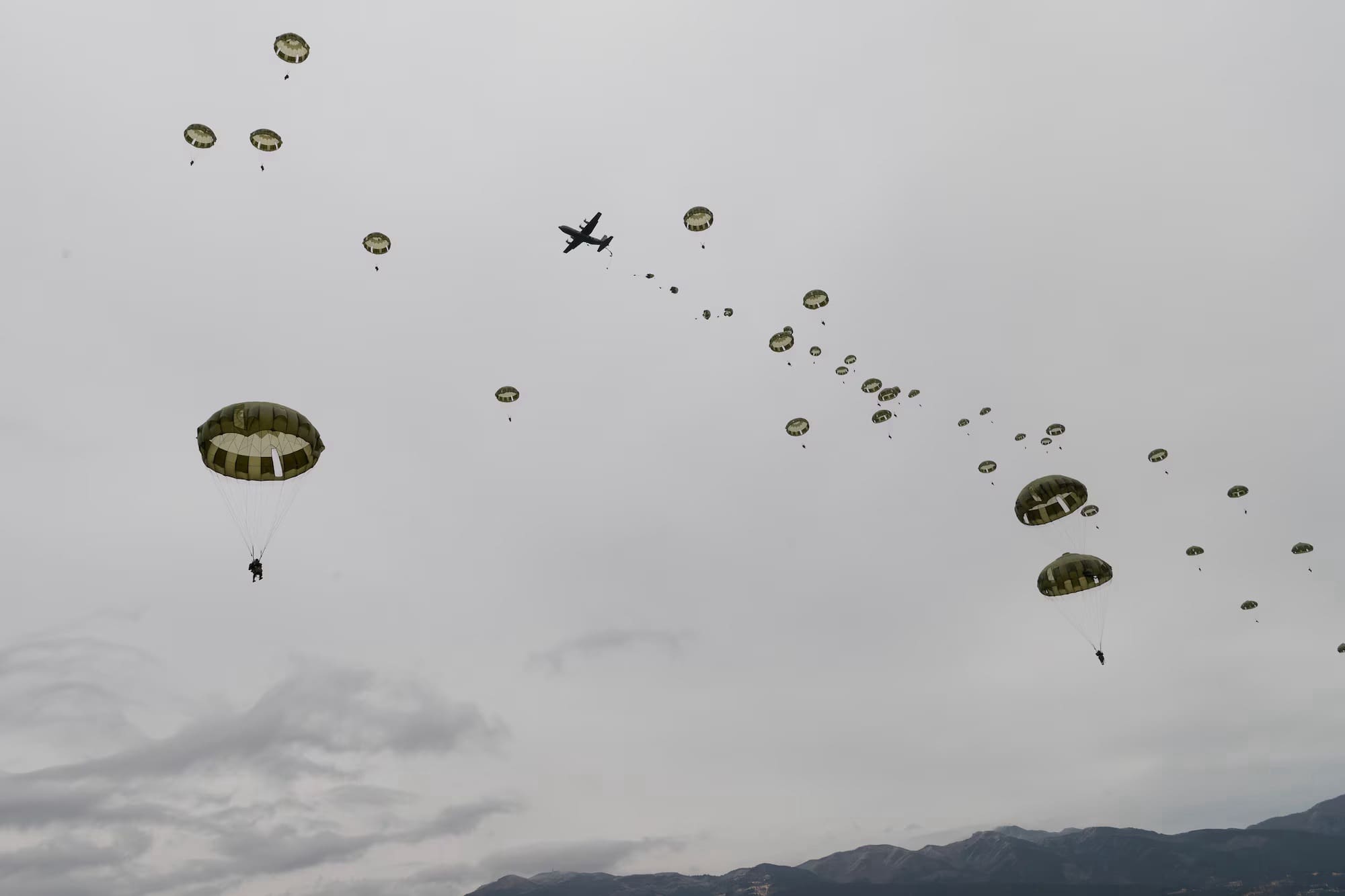
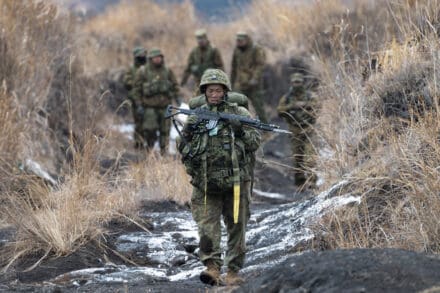
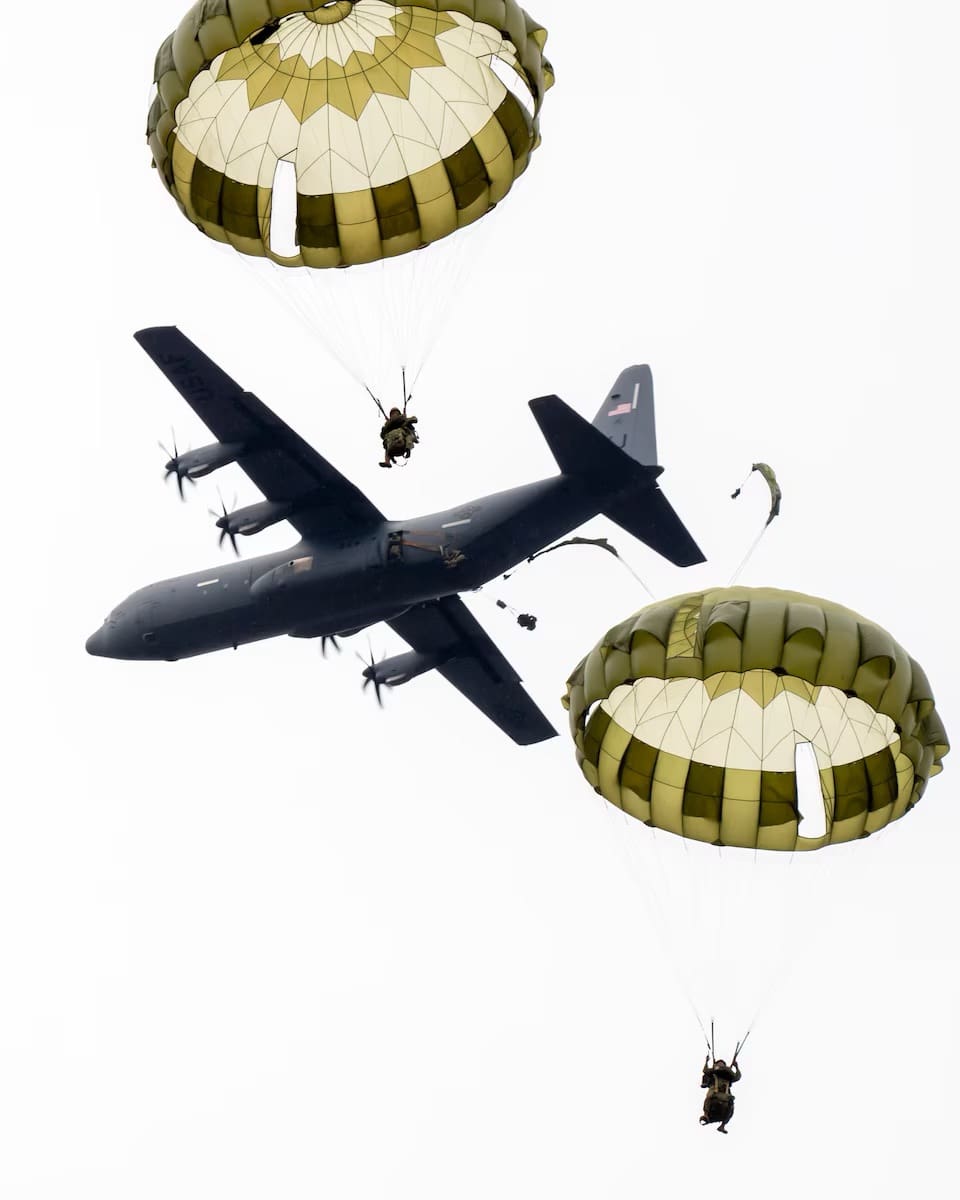
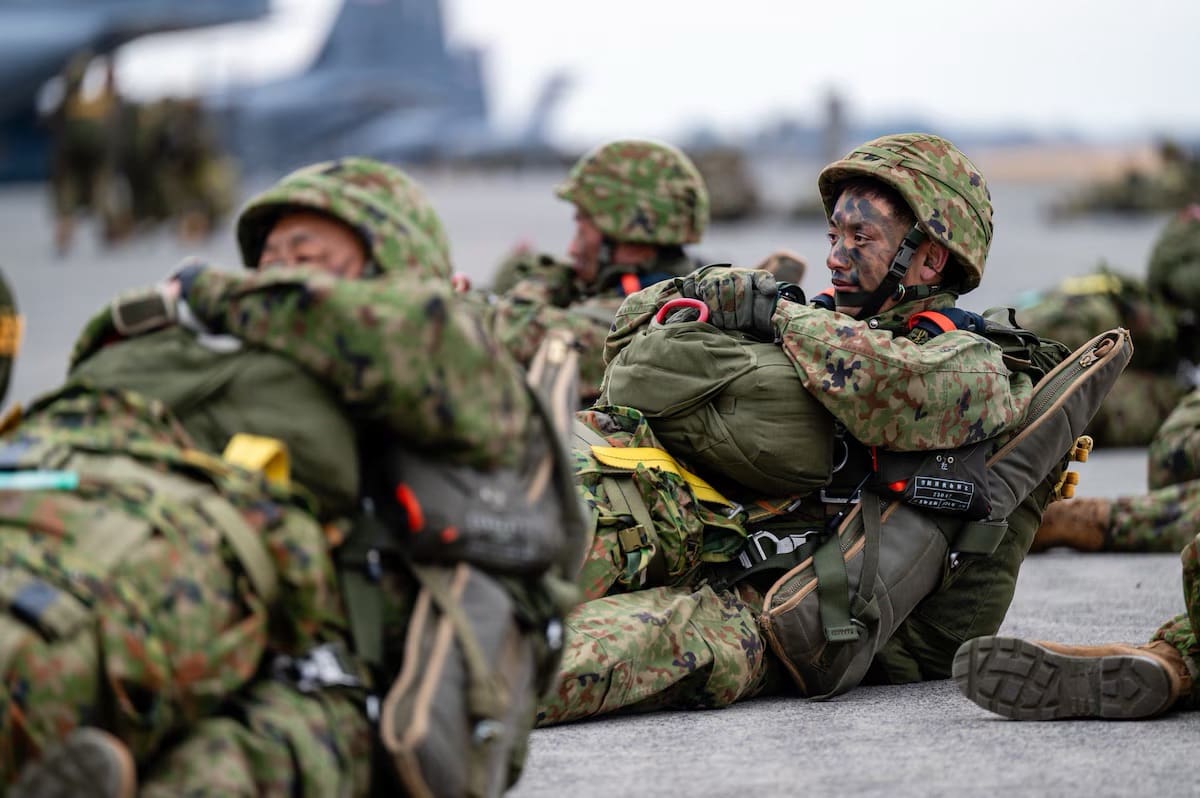
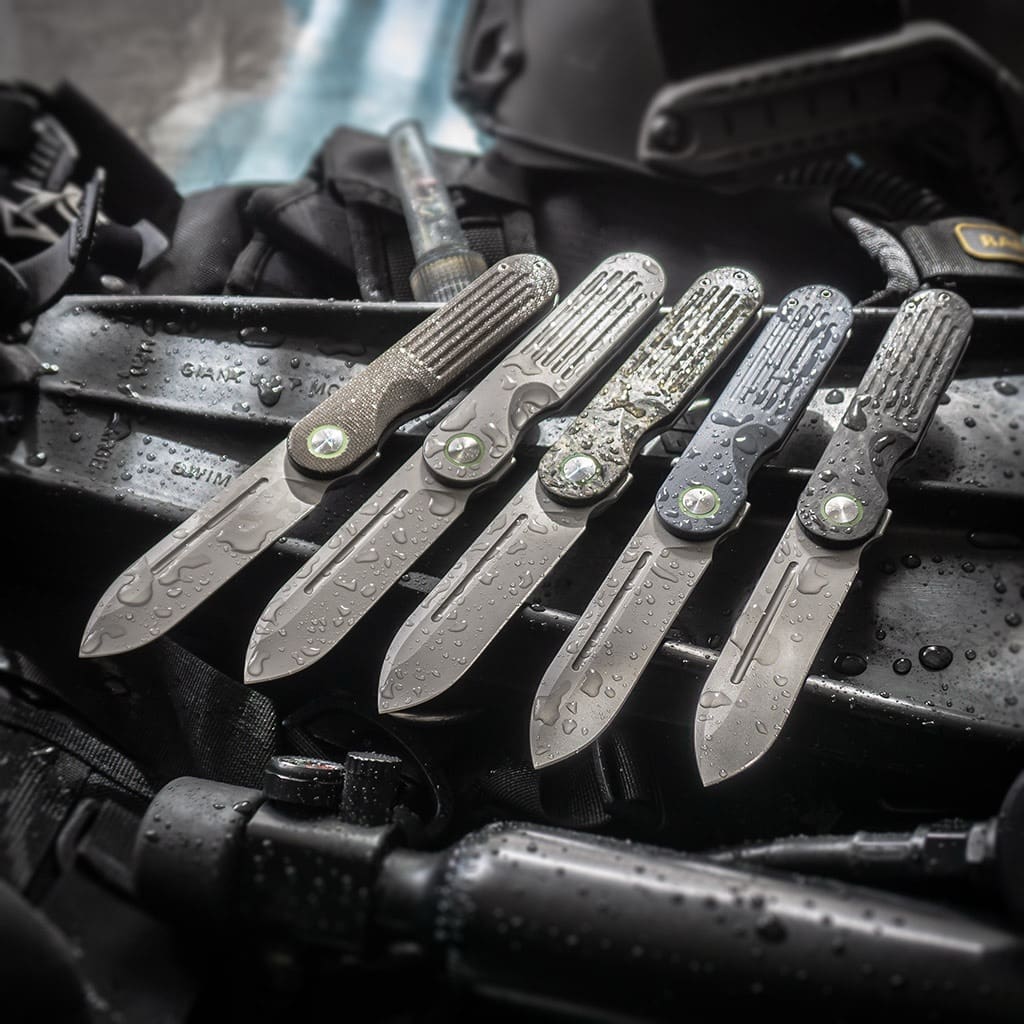
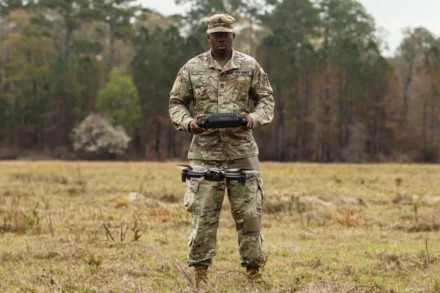
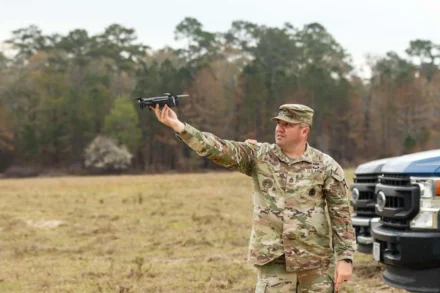
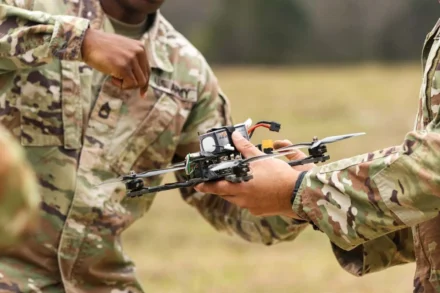
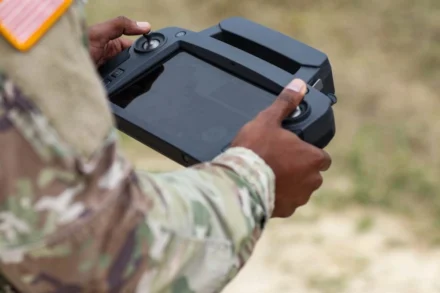
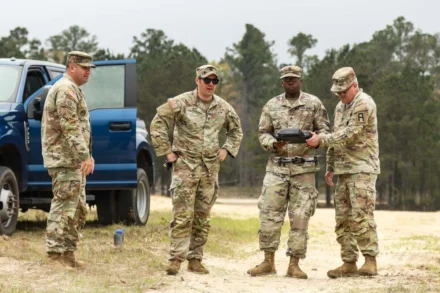
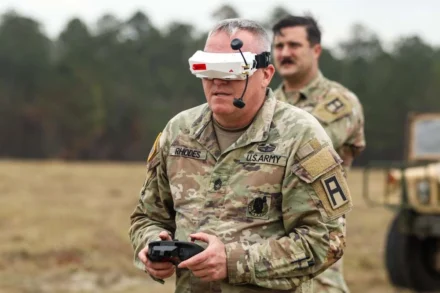
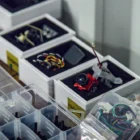
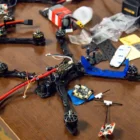

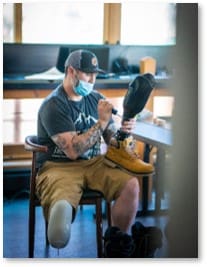
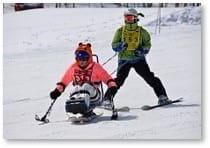
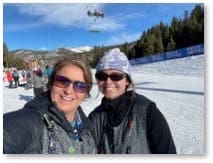 Physical Therapist
Physical Therapist 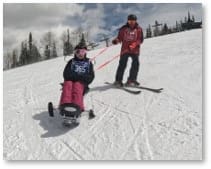 U.S. Air Force Reserve Citizen Airman
U.S. Air Force Reserve Citizen Airman 